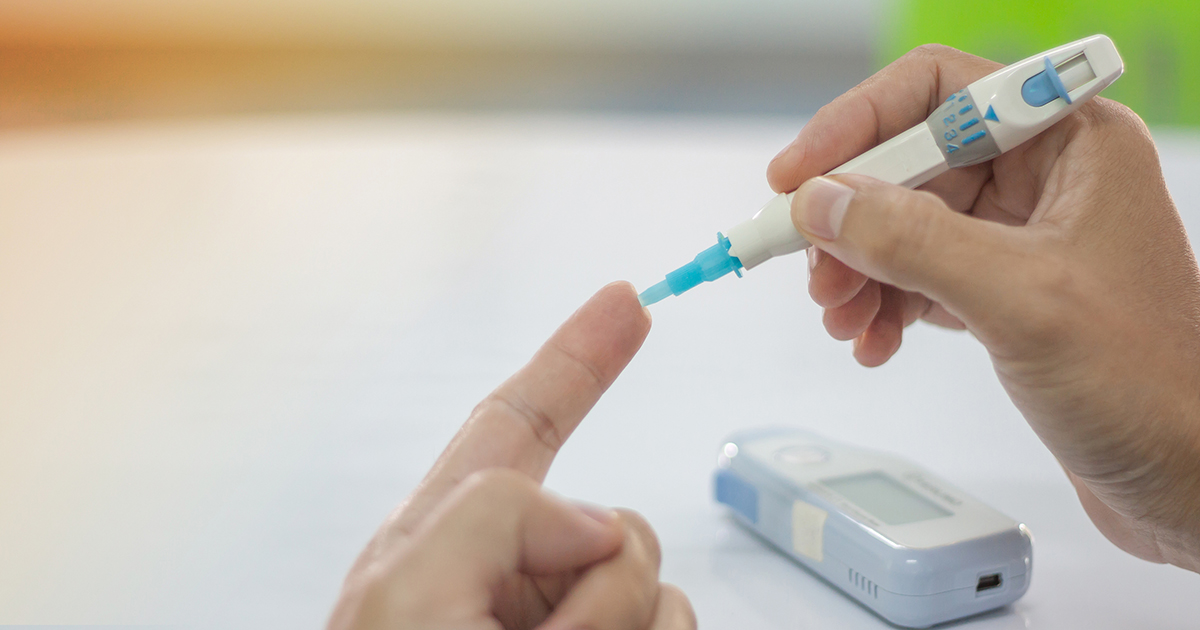Clinical Presentation Of Type 1 Glycogen Storage Disease
Hypoglycemia

Hypoglycemia (low blood sugar) is a frequent concern for patients with type 1 glycogen storage disease, and most will have repeated or prolonged episodes of hypoglycemia. In infants, low blood sugar can lead to seizures. Patients struggling with low blood sugar will often be asked to track their glucose levels at home. To do so, they will need to use a lancet to obtain a drop of blood from the finger or forearm. The blood is then placed on a special testing paper and inserted into a glucometer, which will display a measurement of the blood sugar level. Depending on the severity of their symptoms, patients might be advised to check their blood sugar readings several times a day, particularly before and after meals and before bedtime. It can be helpful to keep a log of the readings that can be shown to physicians. To reduce hypoglycemia episodes, patients will need to eat small amounts of carbohydrates at regular intervals throughout the day, and this meal plan will need to be maintained for life. A nutritionist can help the patient with finding meal options that suit their lifestyle and health needs.
Continue reading to learn more about the warning signs of type 1 glycogen storage disease now.